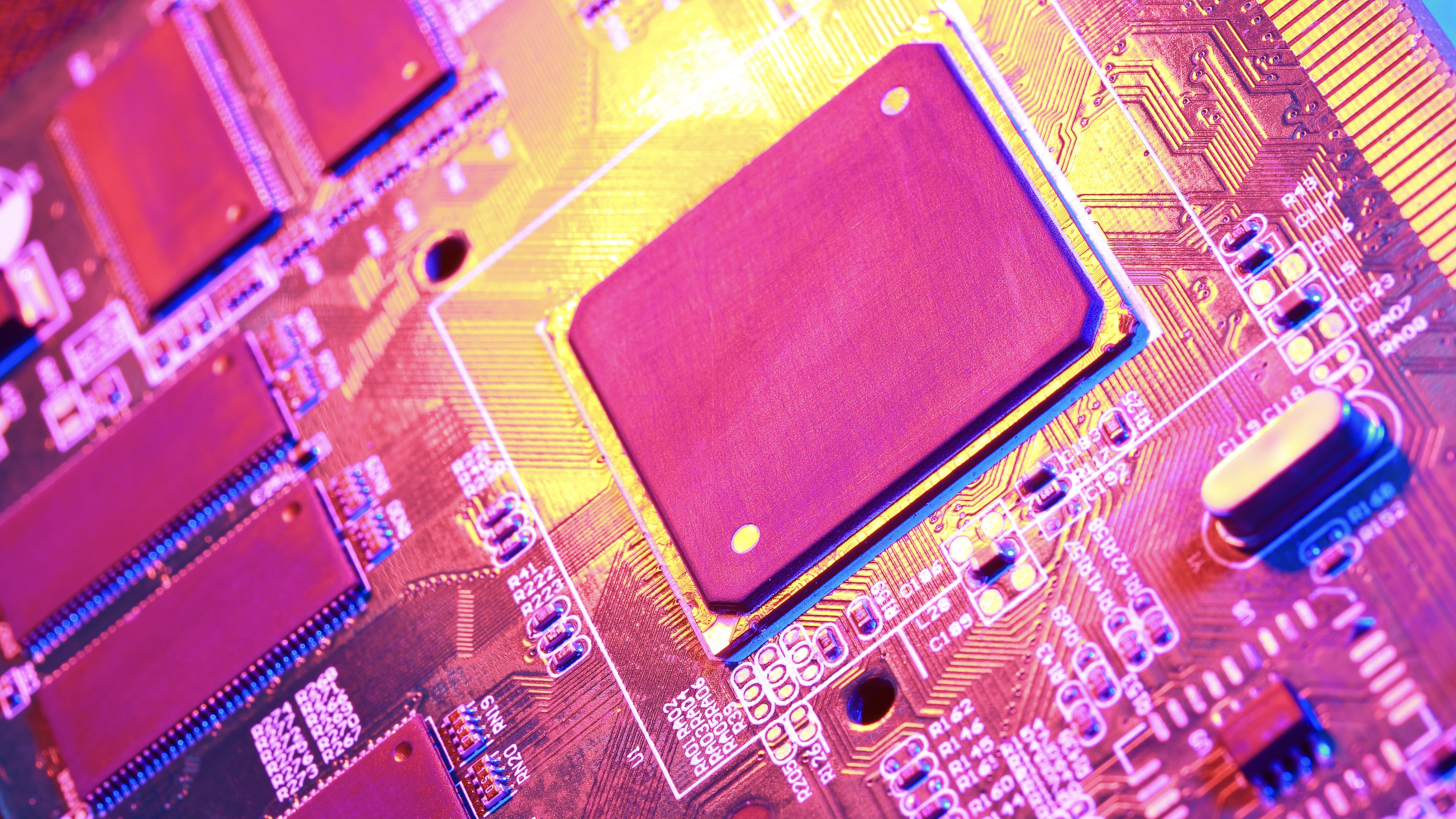'Universal memory' breakthrough brings the next generation of computers 1 step closer to major speed boost
Universal memory promises to replace both RAM and flash storage in computers with a better, faster and more energy-efficient alternative — and researchers have just moved this one step closer to reality.

Universal computer memory that's both super-fast and energy efficient is one step closer to reality after scientists built an "extremely" stable prototype using a completely new material.
The new material, dubbed "GST467," which contains germanium, antimony and terbium, was used as one repeating layer in a stacked-layer structure, known as a superlattice, and could pave the way for universal memory that can replace both short- and long-term storage. It can also be faster, cheaper and less power-intensive, scientists said in a study published Jan. 22 in the journal Nature Communications.
Computers today use short-term memory, like random access memory (RAM) and long-term flash memory — such as solid-state drives (SSDs) or hard drives — for different purposes. RAM is fast but needs a significant amount of physical space and a constant power supply, meaning its data vanishes when the computer has been turned off. Flash memory, on the other hand, retains data without needing power and is much denser, but it's slower than RAM at transferring its stored data to the processor.
Several technical hurdles remain before a universal memory that combines the speed of RAM and the long-term memory of flash storage is commercially viable. But this prototype is as close as anybody has come, the scientists wrote in their paper.
The new prototype is a form of phase-change memory (PCM) that creates ones and zeros of computer data when it switches between high- and low-resistance states on a glass-like material, according to the study. When the material in PCM crystallizes — representing "one" — it releases a large amount of energy and has low resistance. It has high resistance and absorbs the same amount of energy when it melts — representing "zero".
Related: World's 1st graphene semiconductor could power future quantum computers
According to the researchers, GST467 is an ideal candidate for use in PCM because it offers higher crystallization and lower melting temperatures than other alternatives, which are also made from antimony, terbium and germanium, but in different ratios and crystal structures.
Sign up for the Live Science daily newsletter now
Get the world’s most fascinating discoveries delivered straight to your inbox.
In the new study, the team designed and tested hundreds of working memory devices of different sizes that incorporated GST467 as one layer in a stack of sandwiched layers of different compositions. They then performed extensive electrical measurements and benchmarking tests to see how the material performed.
The superlattice devices based on GST467 achieved fast speeds while consuming very little power — with heat confined to the material — the researchers found. They also reported it can theoretically retain data for more than 10 years — even at temperatures above 248 degrees Fahrenheit (120 degrees Celsius). This "goes beyond the fundamental trade-off for PCM technology" and gives rise to "superior device performance," the scientists said.
The material does not just improve on a single metric, such as endurance or speed, but on several metrics simultaneously, they added. They also described it as the most "realistic and industry-friendly thing we've built", saying it is a key step towards a universal memory.
The new study showcases a potential game-changing approach to universal memory. One of the best alternative universal memory candidates is ULTRARAM — a technology based on a research project that emerged from Lancaster University in the U.K. But this approach uses a different mechanism to retain information: Unlike flash and RAM, which are silicon-based, ULTRARAM uses semiconductors made from elements from groups III and V in the periodic table of elements.
The new device may be a better candidate because ULTRARAM requires 2.5 volts to operate, versus the 0.7 volts the new prototype needed, co-author Asir Khan, a visiting postdoctoral scholar at Stanford, told Live Science. ULTRARAM also uses a toxic compound — indium arsenide.
Although ULTRARAM is much closer to commercialization, the authors of the new study claimed their new prototype would be easier to incorporate into existing semiconductor fabrication methods. This is due to the relatively low temperatures required to create a working device.
"A key next step is to get industry partners to help us scale this up in a cost-effective way," study co-author Eric Pop, a professor of electrical engineering at Stanford University, told Live Science. "That is the only way it can be included in consumer devices — if it can be manufactured at sufficiently low cost."

Keumars is the technology editor at Live Science. He has written for a variety of publications including ITPro, The Week Digital, ComputerActive, The Independent, The Observer, Metro and TechRadar Pro. He has worked as a technology journalist for more than five years, having previously held the role of features editor with ITPro. He is an NCTJ-qualified journalist and has a degree in biomedical sciences from Queen Mary, University of London. He's also registered as a foundational chartered manager with the Chartered Management Institute (CMI), having qualified as a Level 3 Team leader with distinction in 2023.









